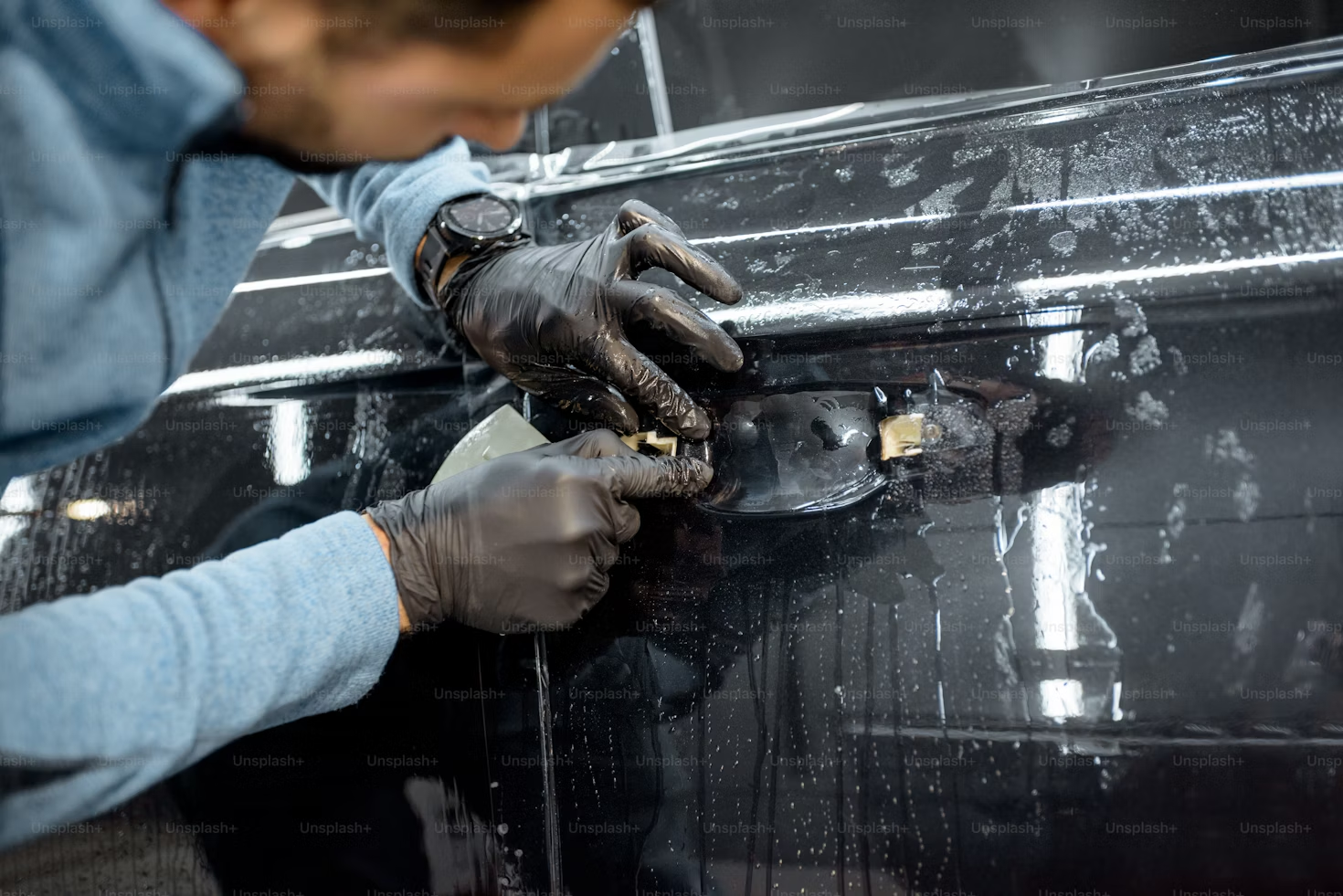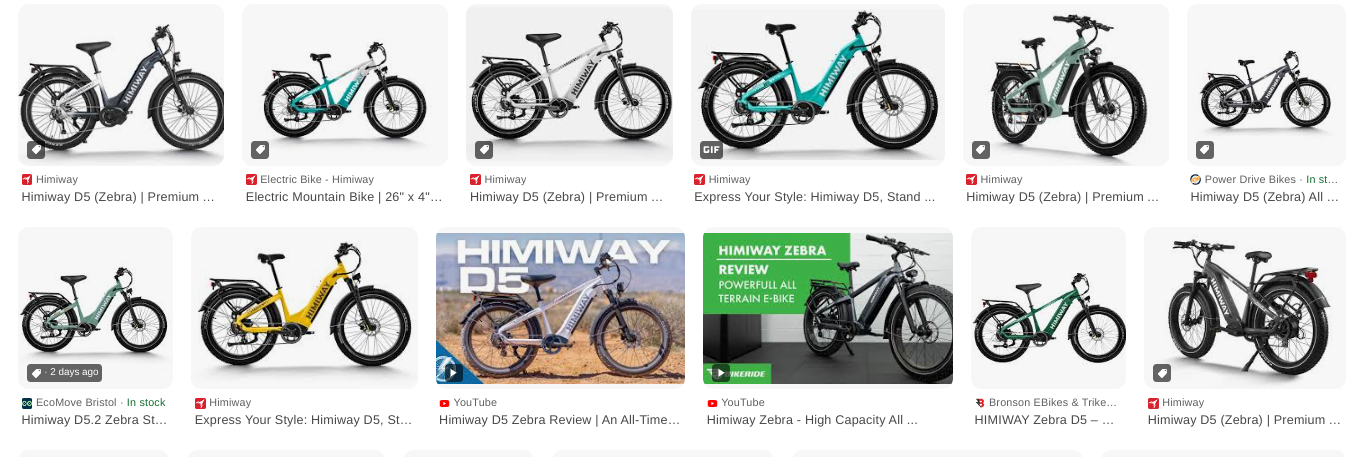The world of technology has made remarkable strides in enhancing the lives of individuals with visual impairments. Assistive devices, once considered specialized tools, are now becoming indispensable companions, empowering people to live more independently and confidently. This article delves into the realm of assistive devices, exploring how they can seamlessly integrate into daily routines, transforming challenges into opportunities.
Key Highlights
- Assistive devices, like screen readers, magnifiers and smartphones, can help people with visual impairments live more independently.
- Public spaces should be designed with accessibility in mind for visually impaired people, incorporating features like tactile signage and audio announcements.
- Examples of assistive devices include screen readers, magnifiers, Braille displays, smartphones with accessibility features, navigation aids, and home automation systems.
 Image Credit Goes to Florida Vision Technology
Image Credit Goes to Florida Vision Technology
Understanding the Needs of the Visually Impaired
Before diving into the specifics of assistive devices, it’s crucial to comprehend the diverse needs of the visually impaired population. Vision loss can manifest in various degrees, from partial sight to complete blindness, each presenting unique challenges. Moreover, age, occupation, and personal preferences influence the types of assistive devices that best suit individual requirements.
The Role of Assistive Devices
Assistive devices for the blind and visually impaired serve as essential bridges, connecting individuals with visual impairments to the world around them. These devices facilitate tasks ranging from simple activities like reading and writing to complex endeavors such as navigating unfamiliar environments and pursuing higher education. By providing sensory alternatives, assistive devices for the blind and visually impaired empower users to overcome limitations and participate fully in society. Explore our range of innovative solutions designed to enhance independence and accessibility for those with visual challenges.
Essential Assistive Devices for Daily Living
- Screen Readers: These software applications convert digital text into spoken words, allowing users to access computers, smartphones, and other electronic devices. Popular options include JAWS, NVDA, and VoiceOver.
- Magnifiers: For individuals with low vision, magnifiers enlarge text and images, making reading and visual tasks easier. Handheld magnifiers, electronic magnifiers, and closed-circuit television (CCTV) systems are available.
- Braille Displays: These devices translate digital text into Braille, providing tactile feedback for those proficient in Braille. Refreshable Braille displays offer dynamic content updates.
- Smartphones and Apps: Modern smartphones equipped with accessibility features and specialized apps have become invaluable tools. Features like voice control, screen magnification, and text-to-speech capabilities enhance independence.
- Navigation Aids: GPS-enabled devices, canes, and guide dogs assist with orientation and mobility. Smart canes incorporate advanced sensors to detect obstacles and provide audio guidance.
- Home Automation: Voice-controlled assistants and smart home devices can simplify daily routines by controlling lights, appliances, and thermostats through verbal commands.
Incorporating Assistive Devices into Daily Life
-
- Education: Schools and universities can create inclusive learning environments by providing Visual Assist Devices and training students and staff on their use. These devices can significantly enhance the learning experience and ensure equal access to educational resources.
- Workplace: Employers can support visually impaired employees by offering accessible workstations, software, and training, including Visual Assist Devices that boost productivity and integration within the team.
- Healthcare: Medical professionals can utilize Visual Assist Devices to communicate effectively with patients and provide accessible information, improving patient care and engagement.
- Public Spaces: Buildings, transportation systems, and public areas should be designed with accessibility in mind, incorporating features like tactile signage and audio announcements, alongside Visual Assist Devices that enhance navigation and usability for all.
Overcoming Challenges and Promoting Inclusion
While assistive devices have made significant progress, challenges persist. Ensuring affordability, accessibility, and user-friendliness are ongoing priorities. Additionally, promoting social acceptance and breaking down stereotypes are essential for creating an inclusive society.
Conclusion
The integration of assistive devices into daily life is a transformative journey. By understanding the diverse needs of individuals with visual impairments and providing appropriate tools and support, we can empower them to lead fulfilling and independent lives. As technology continues to advance, the possibilities for innovation in assistive technology are boundless, promising an even brighter future for those with visual challenges.










